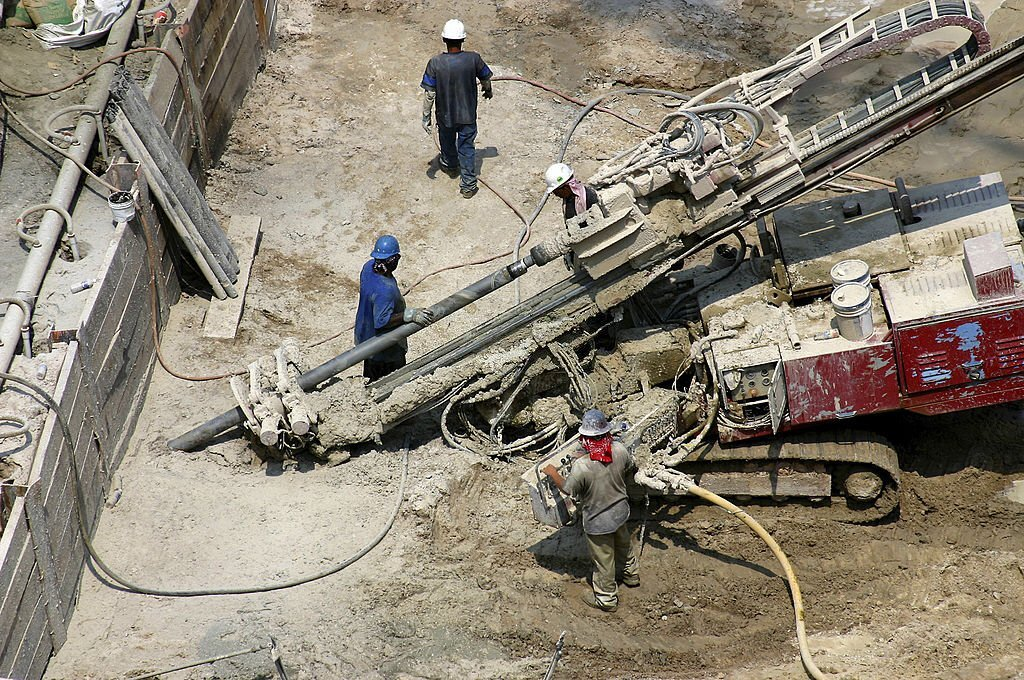Introduction
In the realm of heavy equipment operations, drilling plays a vital role across industries like mining, construction, and exploration. Drilling equipment, with its array of sophisticated tools and mechanisms, forms the backbone of various projects by boring into the earth’s surface to extract valuable resources or create foundational structures. From the powerful rotary drills used in mining to the versatile augers employed in construction, this article delves into the different types of drilling equipment that power heavy machinery operations.

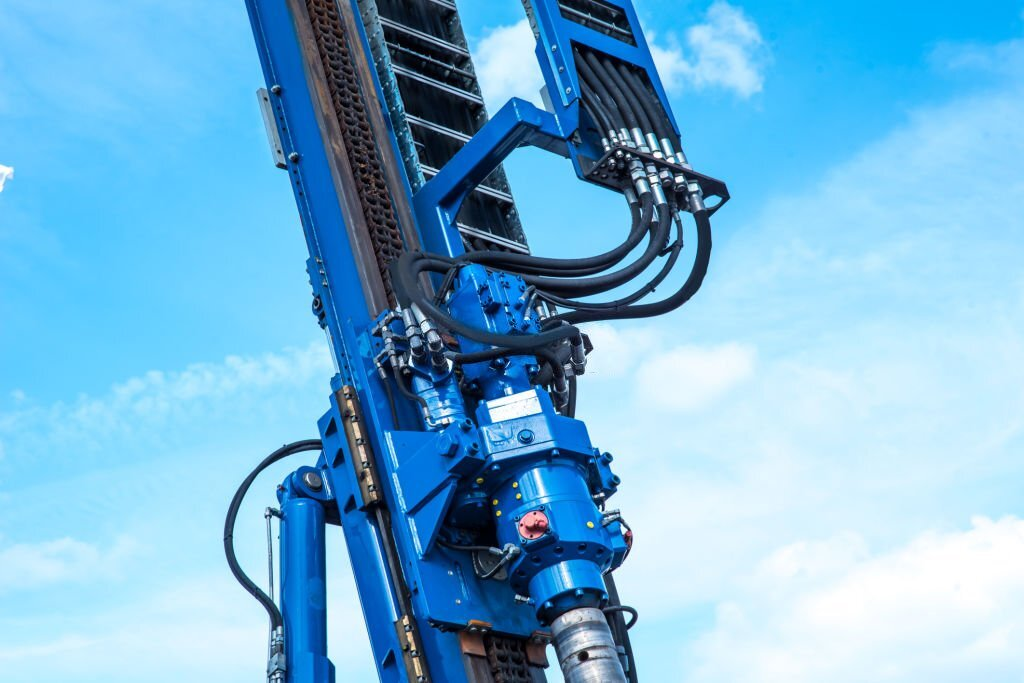
Rotary Drills: The Powerhouses of Mining
Rotary drills stand as the epitome of heavy-duty drilling equipment, particularly in the mining industry. These colossal machines are engineered to bore deep into the earth’s crust to access valuable mineral deposits. Equipped with advanced hydraulic systems and robust drill bits, rotary drills efficiently crush and extract ore, contributing significantly to mineral extraction operations.
Augers: Versatility in Construction
Augers are a staple in construction projects that require excavation and hole creation. These tools come in various designs, from handheld augers for small-scale work to massive auger attachments for heavy equipment like excavators. Augers are especially useful for digging holes for foundations, fences, and utility poles, showcasing their versatility across different construction applications.
Directional Drills: Precision in Utilities
Directional drilling equipment has revolutionized utility installations, enabling the creation of underground pathways for pipes and cables without disturbing the surface. This method minimizes disruptions to landscapes and existing structures. Directional drills navigate through the soil with accuracy, providing a controlled and efficient solution for laying utility lines beneath the ground.
Core Drills: Extracting Precious Insights
Core drilling equipment serves a unique purpose in geological exploration and construction alike. These drills extract cylindrical samples of rock or soil, allowing geologists to study the earth’s composition and structure. In construction, core drilling is employed to create precise openings for pipes, electrical conduits, and HVAC systems.
Tunnel Boring Machines (TBMs): Subterranean Pioneers
Tunnel boring machines are monumental drilling equipment used in creating tunnels for transportation systems, mining, and underground infrastructure projects. TBMs burrow through various soil types, including rock, clay, and sand, to carve out tunnels efficiently. These machines significantly expedite tunnel construction while minimizing ground disturbance.
Pile Drivers: Foundation Builders
Pile drivers are a subset of drilling equipment essential for constructing sturdy foundations. These machines drive piles into the ground, providing structural support for buildings, bridges, and other heavy structures. Pile drivers can be hydraulic, diesel-powered, or operated using other mechanisms, each catering to specific project requirements.
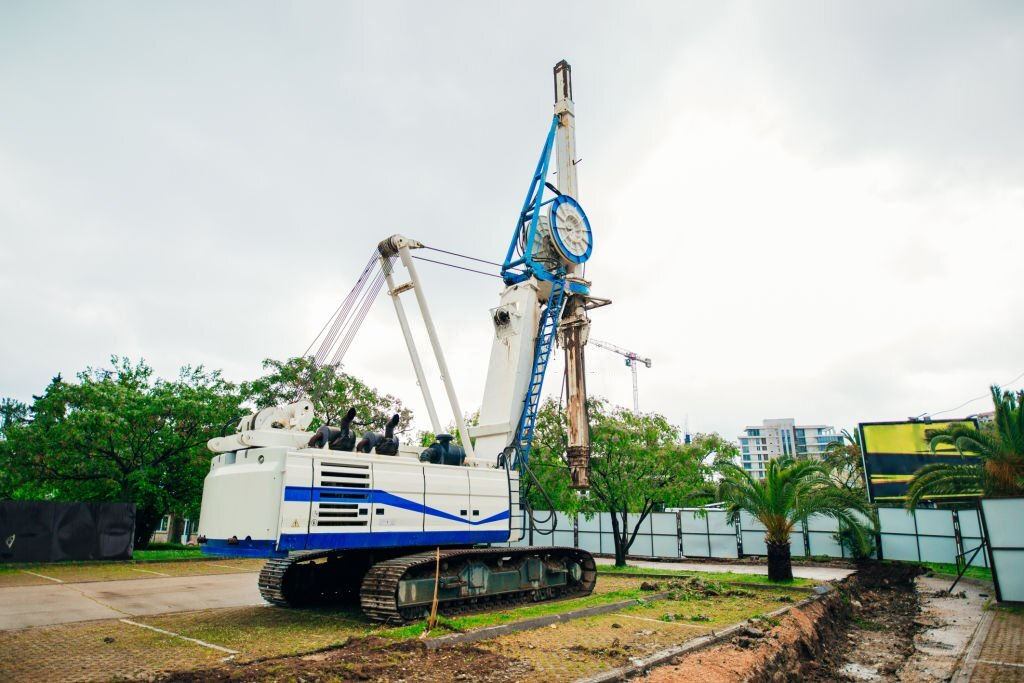
Earth Drills: Landscaping and Fencing Heroes
Earth drills, often powered by hydraulic systems, are compact yet powerful tools used for landscaping, fencing, and tree planting. These portable drilling equipment pieces are indispensable for creating holes in challenging terrains, allowing for the efficient installation of fences, posts, and landscaping features.
Sonic Drills: Vibrational Precision
Sonic drilling technology combines drilling with high-frequency vibrations, enabling fast and accurate sample collection. This method is preferred in geotechnical investigations and environmental sampling due to its ability to extract soil samples with minimal disturbance and excellent recovery rates.

Diamond Core Drills: Mining and Exploration Excellence
Diamond core drilling equipment is a specialized tool used for extracting core samples in mining and exploration projects. Equipped with diamond-tipped bits, these drills can cut through hard rock formations, offering precise insights into subsurface geology and mineral deposits.
Auger Drilling Rigs: Digging Deep
Auger drilling rigs are designed for deep hole creation, often used in soil investigation and geotechnical studies. These rigs incorporate powerful auger attachments that can bore deep into the ground, revealing crucial information about soil composition and structure.
The Hammer Drill Impact on Construction and Beyond
In the realm of construction and DIY projects, the hammer drill stands as a formidable tool that combines the force of a conventional drill with the percussive impact of a hammer. With its unique capabilities, the hammer drill has become an indispensable tool for professionals and enthusiasts alike. In this article, we’ll delve into the mechanics, applications, benefits, and innovations that make the hammer drill a cornerstone of modern construction and renovation.
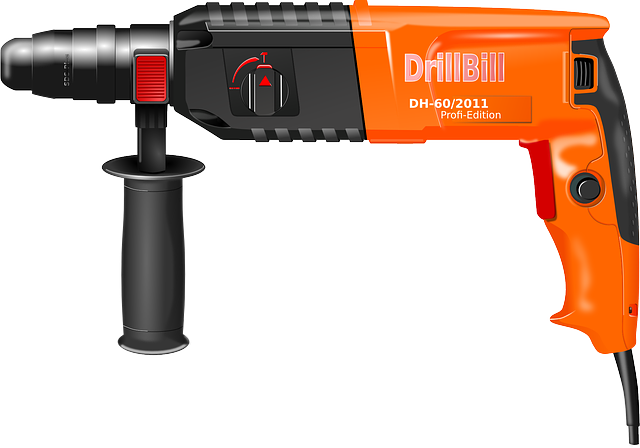
1. The Mechanics Behind the Hammer Drills
At its core, the hammer drill operates on a simple yet ingenious principle: it combines rotary motion with rapid percussive blows. This dual action is achieved through the interaction of two essential components – the drill’s rotary mechanism and the hammering mechanism. When engaged, the hammering mechanism delivers swift blows, enhancing the drill’s ability to penetrate tough surfaces.
2. Applications Across Industries
The versatility of the hammer drill spans various industries, making it a must-have tool for professionals in construction, carpentry, masonry, and beyond. Whether it’s drilling holes in concrete, brick, or stone, the hammer drill excels in tasks that demand both precision and power. From installing fixtures to creating openings for electrical conduits, its applications are diverse and crucial to countless projects.
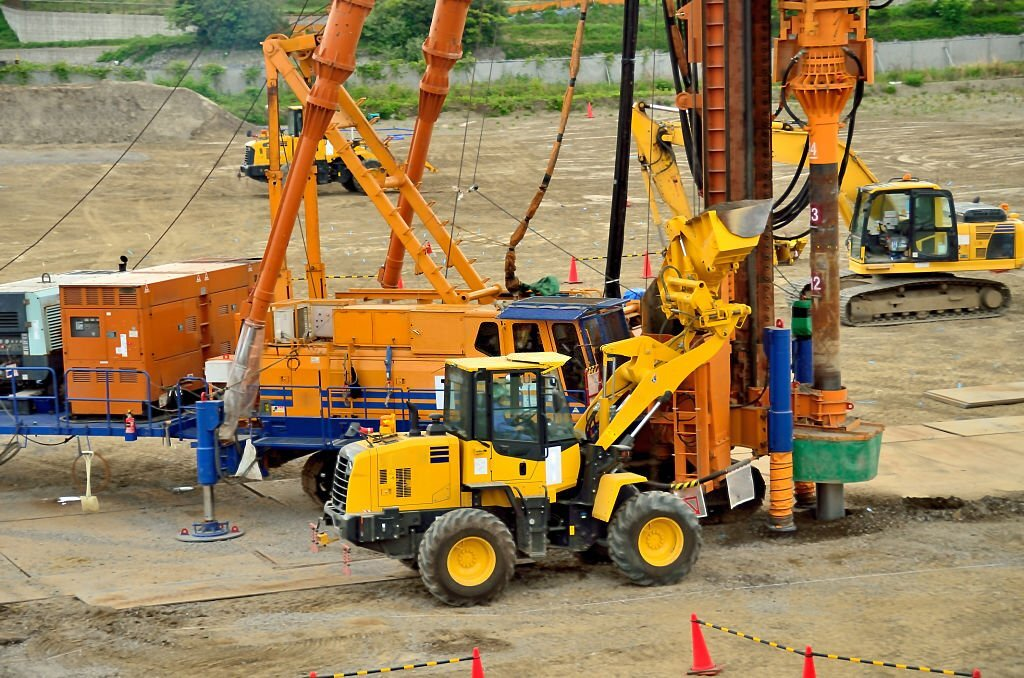
3. Tackling Tough Surfaces
One of the hammer drill’s standout features is its ability to effortlessly penetrate tough materials. Concrete, a material notorious for resisting traditional drills, is no match for the hammer drill’s percussive force. This capability reduces work time and minimizes the need for specialized equipment, making it an efficient choice for professionals working on demanding projects.
4. Benefits of Impact Drilling
The percussive action of the hammer drill provides several advantages:
Speed and Efficiency: The hammering mechanism allows for rapid drilling, reducing the time required to complete tasks.
Less Effort: Unlike traditional drills, which require significant force to penetrate hard surfaces, the hammer drill’s impact reduces the effort exerted by the user.
Increased Precision: The controlled impacts of the hammer drill ensure greater accuracy, reducing the risk of over-drilling or damaging the material.

5. Cordless Innovation
Modern hammer drills have evolved to meet the demands of mobility and convenience. Cordless hammer drills, powered by rechargeable batteries, offer freedom of movement without compromising power. These portable tools are essential for projects where access to power outlets is limited or nonexistent.
While the hammer drill’s power and efficiency are commendable, safety remains a top priority. Users should wear appropriate personal protective equipment (PPE), including safety goggles, gloves, and ear protection. Additionally, following manufacturer guidelines and maintaining the tool properly ensures safe and effective operation.
7. Choosing the Right Tool for the Job
Selecting the right hammer drill depends on the nature of the project and the materials involved. Key considerations include the drill’s power rating, the type of chuck (keyless or keyed), and whether a corded or cordless option is more suitable.
8. Beyond Construction: DIY Enthusiasts
The hammer drill’s impact isn’t limited to professionals; DIY enthusiasts also benefit from its capabilities. From installing shelves to renovating interiors, the hammer drill empowers individuals to undertake challenging tasks with confidence and efficiency.

Exploring the Versatility of the Drill Press
In the world of woodworking, metalworking, and crafting, the drill press stands as an emblem of precision and power. This versatile tool, also known as a drilling machine or bench drill, elevates drilling tasks to new heights with its accuracy and consistent performance. In this article, we delve into the mechanics, applications, benefits, and innovations that make the drill press an essential companion in workshops, factories, and creative spaces.
1. The Heart of Precision: Understanding the Drill Press
The drill press is a specialized tool designed to bore holes with unparalleled precision. Unlike handheld drills, the drill press is anchored to a stable surface, ensuring consistent drilling depth and alignment. This precision is achieved through a combination of features, including adjustable tables, depth stops, and adjustable speed settings.
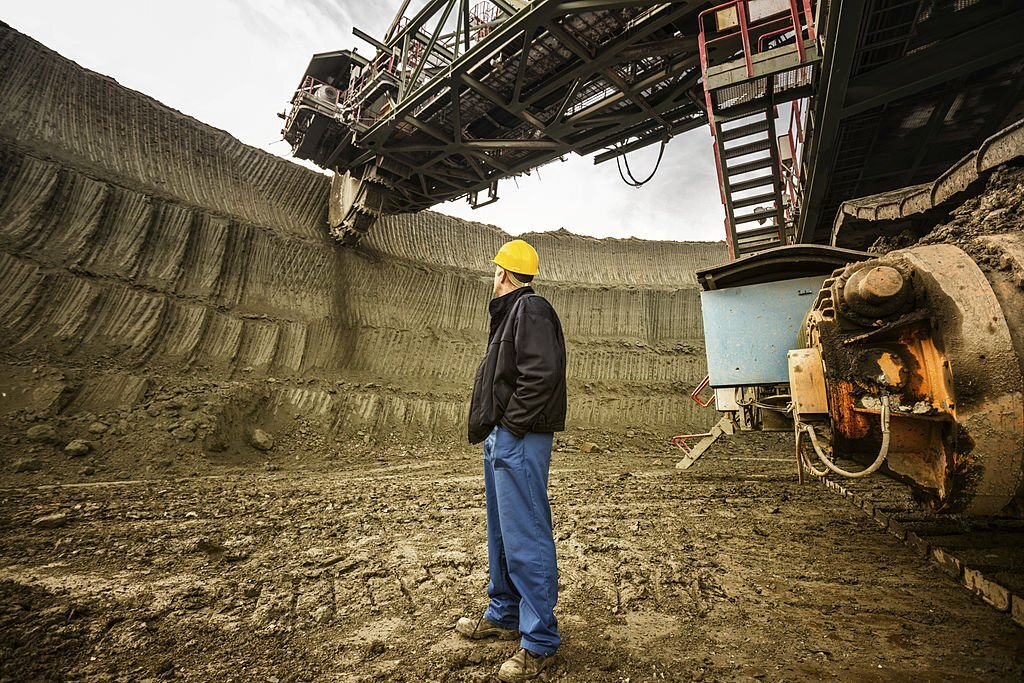
2. Mechanics and Operation
At its core, a drill press comprises a motor-driven spindle that holds the drill bit. The user can lower the spindle onto the material using a lever or handle. This controlled vertical motion, combined with the drill press’s stationary setup, ensures accurate drilling and repetitive tasks with consistent results.
The drill press’s versatility shines through a wide range of applications:
Woodworking: Craftsmen and woodworkers rely on the drill press for tasks such as creating dowel joints, making mortises, and drilling precise holes in furniture pieces.
Metalworking: In metal fabrication, the drill press effortlessly bores holes in various metals, from aluminum to steel, aiding in the creation of intricate designs and functional components.
Jewelry Making: In the realm of jewelry creation, the drill press is invaluable for drilling delicate holes in precious metals and stones.
Crafting and DIY Projects: Hobbyists and DIY enthusiasts utilize the drill press to achieve professional-level results in crafting, model-making, and home improvement projects.
4. Accuracy and Consistency
The drill press’s stationary setup eliminates the risk of wobbling or misalignment that can occur with handheld drills. This accuracy is crucial for tasks requiring precise measurements and consistent results, ensuring a professional finish every time.
5. Depth Control and Depth Stops
The drill press’s depth control features allow users to set drilling depth precisely, preventing over-drilling and ensuring uniform holes. Depth stops further enhance accuracy by halting the spindle’s downward motion at a predetermined point.
Embracing the Power and Convenience of Cordless Drill
In the world of power tools, the cordless drill has emerged as a game-changer, providing unparalleled freedom and versatility to professionals and DIY enthusiasts alike. This innovative tool untreats users from power outlets and cords, allowing them to tackle tasks with newfound efficiency and convenience. In this article, we explore the mechanics, advantages, applications, and evolving technologies that have propelled the cordless drill to a position of prominence in workshops and job sites worldwide.
1. The Cordless Revolution: Understanding Cordless Drills
A cordless drill, also known as a battery-powered drill, operates on rechargeable batteries instead of relying on an electrical cord. This design liberates users from the constraints of power outlets, enabling them to work in spaces with limited access to electricity and eliminating the hazards posed by cords.
2. Mechanics and Functionality
At the heart of a cordless drill is a rechargeable battery pack that powers the tool’s motor. The battery pack can be easily attached or detached, providing flexibility in usage. Cordless drills come in a variety of voltages, with higher voltages generally delivering more power and torque.
3. Advantages of Cordless Drills
The rise of cordless drills has been fueled by several compelling advantages:
Portability and Mobility: Cordless drills offer unparalleled mobility, allowing users to move freely without being restricted by cords. This is especially beneficial for jobs in remote locations or areas without easy access to power sources.
Efficiency and Time Savings: Without the need to search for power outlets or manage tangled cords, users can complete tasks more efficiently. The absence of cords also reduces setup and cleanup time.
Reduced Hazards: Cordless drills eliminate the tripping hazards posed by cords, creating a safer working environment. Additionally, working in outdoor or wet conditions is safer without the risk of electric shock from cords.
The Art and Science of Drilling Holes
Drilling holes may seem like a straightforward task, but it is an essential skill that lies at the foundation of various industries and projects. From construction and woodworking to metalworking and DIY endeavors, the ability to drill holes accurately and effectively is paramount. In this article, we explore the intricacies of drilling holes, covering the techniques, tools, safety measures, and creative possibilities that make this seemingly simple act a cornerstone of craftsmanship.
1. The Basics of Hole Drilling
At its core, hole drilling involves creating an opening or cavity in a material using specialized tools. While the concept is simple, the execution requires an understanding of factors such as material type, hole size, depth, and intended purpose.
2. Essential Tools for Hole Drilling
Several tools are commonly used to drill holes, each tailored to specific tasks and materials:
Handheld Drills: These versatile tools are commonly used for light-duty tasks and are available in corded and cordless options.
Drill Press: A stationary tool, the drill press provides precision and accuracy in hole drilling. It’s often used in workshops for repetitive tasks.
Conclusion: Navigating Depths with Drilling Equipment
From extracting valuable resources deep within the earth to creating stable foundations for towering structures, drilling equipment is the backbone of heavy equipment operations across various industries. The diverse range of drilling tools, from rotary drills to augers, showcases the evolution of technology tailored to specific applications. As industries continue to evolve and innovate, drilling equipment will remain at the forefront, shaping the landscape of construction, mining, exploration, and more.

